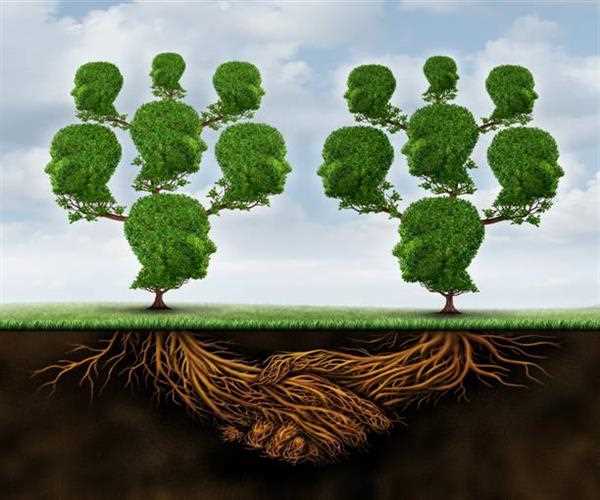
19-Jan-2023
What is the science behind communication in trees
Introduction
Trees are one of the most incredible species on the planet. They provide us with oxygen, food, medicine, and even a home.
But did you know that trees also communicate?
Although trees cannot speak like humans, they have a complex system of communication— one that scientists have been studying for decades.
You'll be surprised just how much trees can tell us about our environment and our future!
What is communication in trees
When we think of communication, we often think of humans exchanging information through spoken or written language. But did you know that trees also communicate? Scientists have found that trees use a complex system of chemical signals to exchange information with each other and with other organisms in their environment.
- One way that trees communicate is by releasing chemicals into the air. These chemicals can be detected by other trees, which can then respond accordingly. For example, when a tree is under attack by insects, it will release chemicals that warn other nearby trees of the danger. The other trees can then produce chemicals that repel the insects or make themselves less attractive to them.
- Trees also communicate through their roots. They use their roots to send electrical signals to other plants and animals in the soil. These signals can convey information about things like water availability, mineral concentrations, and temperature changes. The roots of some trees even interact with the roots of other species of plants, exchanging information about pests and diseases.
So, next time you're admiring a beautiful forest, remember that the Trees are talking to each other!
Science behind communication in trees
The science behind communication in trees is fascinating. Trees are able to communicate with one another through a process called root grafting. This allows them to share information about their environment and the resources they need. Additionally, trees use pheromones to communicate with other trees in their area.
How do trees communicate
Trees communicate through a process called chemical signalling. This is where they produce and release chemicals into the air that act as signals to other trees.
These signals can be for a variety of purposes, such as warning other trees of a predator, or asking for help in finding a mate.
One well-studied example of tree communication is the process of allelopathy.
This is where trees produce chemicals that inhibit the growth of other plants around them.
This allows the tree to have more resources for itself, and also prevents other plants from competing with it for space and light.
What benefits does communication among trees provide
When trees communicate with each other, they are able to share information about their environment and the resources available to them. This allows them to optimize their growth and reproduction, and ultimately improve their chances of survival.
Some of the benefits that communication among trees provides include:
1. Increased Efficiency in Resource Use
When trees communicate with each other, they are able to share information about the availability of resources in their environment. This allows them to more efficiently use the resources that are available to them, which improves their overall growth and reproduction.
2. Improved Ability to Adapt to Changing Conditions
Communication among trees also allows them to share information about changes in their environment. This helps them to more quickly adapt to changing conditions, such as a new predator or a change in the availability of resources.
3. Greater Resistance to Stressors
Trees that can communicate with each other are better able to coordinate their activities and reduce the impact of stressors on their individual members. This allows them to better withstand environmental stresses, such as drought or disease, and ultimately increases their chances of survival.
Are there any negative aspects to tree communication
Just like with any form of communication, there can be negative aspects to tree communication. For example, if a tree is communicating that it is in distress, this could potentially lead to other trees in the area also becoming stressed. Additionally, if a tree is communicating that it is ill, this could lead to other trees in the area becoming ill as well.
In conclusion, the science behind communication in trees is an incredibly fascinating subject and one which has been studied extensively. Trees rely on a number of ways to communicate with each other from pheromones, fungal networks and even sound waves. By understanding how these different aspects work together we can gain insight into the complex interactions that exist between these organisms and their environment. With this knowledge, we can begin to appreciate the importance of trees for our own species as well as taking steps to ensure their continued health and wellbeing.

SEO and Content Writer
I am Drishan vig. I used to write blogs, articles, and stories in a way that entices the audience. I assure you that consistency, style, and tone must be met while writing the content. Working with the clients like bfc, varthana, ITC hotels, indusind, mumpa, mollydolly etc. has made me realized that writing content is not enough but doing seo is the first thing for it.
Join Our Newsletter
Subscribe to our newsletter to receive emails about new views posts, releases and updates.
Copyright 2010 - 2026 MindStick Software Pvt. Ltd. All Rights Reserved Privacy Policy | Terms & Conditions | Cookie Policy